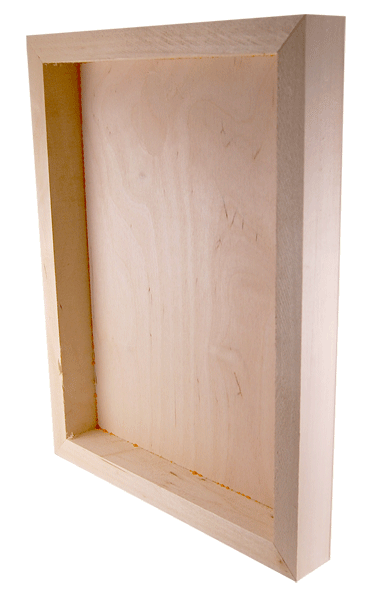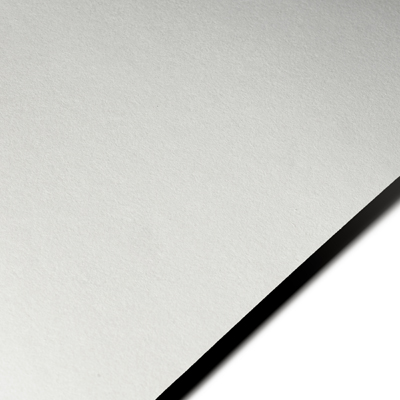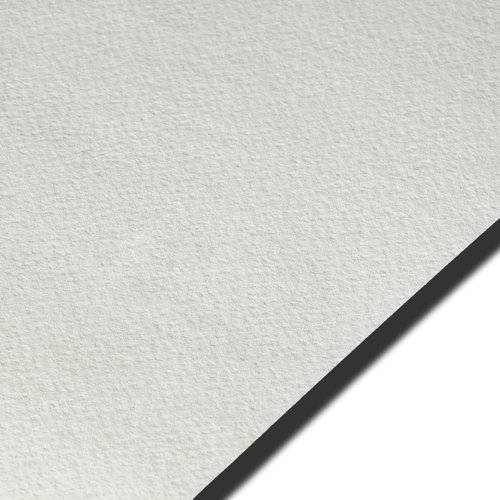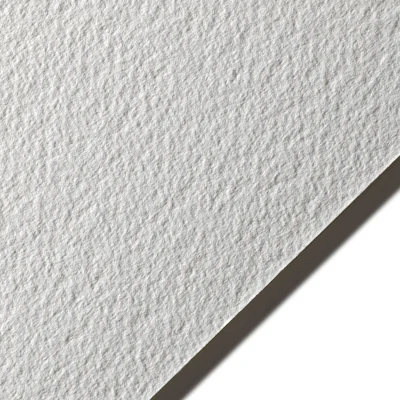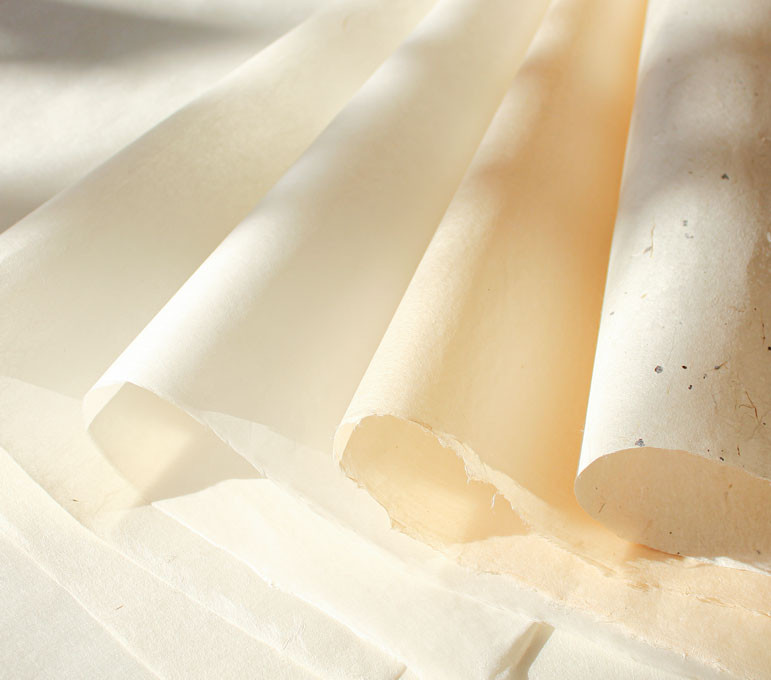Surfaces for painting
From canvas to wood panel, or pads to large sheets of paper we've got you covered.
Canvas Options
The all around go-to choice for most painters will often be canvas. Whether cotton or linen, canvas possesses numerous advantages compared to traditional painting supports, it permits larger formats than wooden panels, it is less costly, it is lighter and can be rolled up, making it easier to transport. Most store-bought surfaces are pre-primed with gesso, ready to apply paint from the moment you get in the studio. We sell both primed and unprimed canvas in pre-stretched formats and by the yard as well.
Gotrick Cotton Canvases - Stretched canvases- pre-primed for you convenience. Built with a 7 oz 100% cotton canvas - Double-primed with gesso for a finished weight of 15 oz - Suitable for oil, acrylic paints and mixed media applications - Back Stapled.
Cotton Canvas Rolls (sold by the foot) in both raw and primed surfaces. Available in different widths and weights for all your different painting applications.
Cradled Wood Panels
 |
Canvas PaperCanvas pads or canvas paper, have a texture resembling linen or cotton canvas and are treated with gesso or another barrier material to help it absorb paints evenly. A great material for beginners and for professional artists creating studies or paint sketches. |
Watercolour paper guide
With so many different watercolor papers available today, it’s difficult to find a paper that works for your work. As watercolor paints are semi-translucent, papers play a key role in the finished work of art. The paper’s brightness and texture are just as critical as the choice in pigments. Papers most suitable to this water-based medium accept a watercolor wash evenly with reproducible results. We always recommend testing different papers to discover what works and doesn’t work for you. Look out for some of these key factors.
SIZING
The key ingredient that that makes a high-quality watercolor paper stand out as exceptional is the sizing - the invisible material used in the paper-making process to make the paper more resistant to water. The sizing enables the washing out of color and reworking the same area, which is key for a watercolor paper. Substantial sizing also prevents the fibers from buckling.
SURFACES
There are a variety of surfaces for different watercolor applications, but for the most part watercolor papers are classified as:
Hot Press (HP) exhibiting a smooth surface, which is perfect for fine detailed images.
Cold Press (CP) having a more textured surface.
Rough (R), as the name implies, a highly textured surface.
Cold Press Hot Press Rough
WEIGHT
Most watercolor papers come in three different weights- 90lb., 140lb., and 300lb.
90lb sheet is better for drawing techniques but not ideal for heavy watercolor.
140lb is most commonly used, but may buckle without stretching.
300lb could withstand more water and is better when using a heavy wash or soaking the sheet. This paper will be more expensive.
Japanese Papers
Washi is the Japanese word for traditional papers made from a variety of renewable plant fibres. Wa means Japan, and shi means paper.
The inner barks of three renewable shrubs indigenous to Japan — kozo, mitsumata and gampi — are the primary fibres used in making washi.
Kozo (paper mulberry) is the most widely used, has the longest fibre, and makes the strongest paper. It is grown as a farm crop, and the branches are cut annually. The plants will regenerate continually for about 40 years.
Mitsumata is a softer, shorter fibre, with a warm tone. While it is also grown as a crop, mitsumata takes 3-5 years to regenerate and thus makes a more expensive paper.
Gampi was the earliest plant used and is considered to be the noble fibre, noted for its richness, dignity and longevity. It has an exquisite natural sheen, and is often made into very thin tissues. Gampi has a natural 'sized' finish which does not bleed when written or painted on. Gampi resists cultivation and is mainly harvested in the wild. It is increasingly difficult for papermakers to acquire Japanese-grown gampi.
Other fibres such as hemp, abaca, wood pulp and rayon are sometimes used for paper or mixed in with the other fibres.


.jpg)


